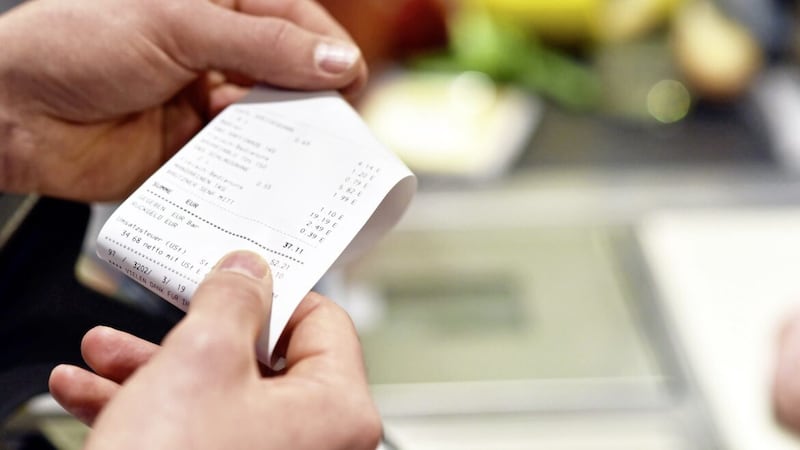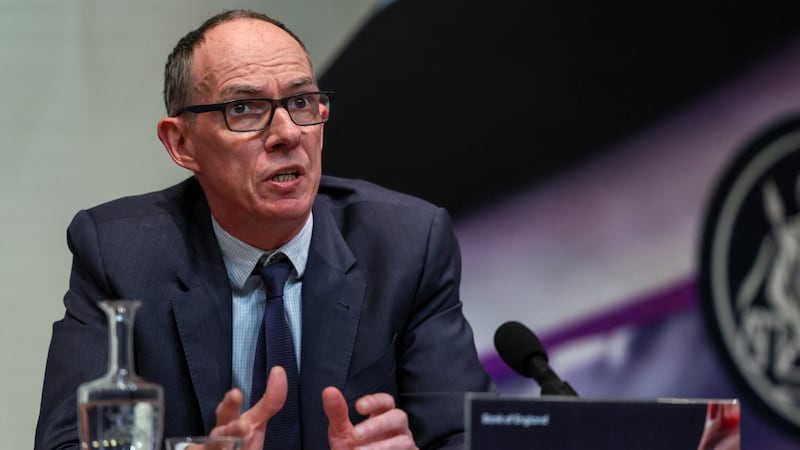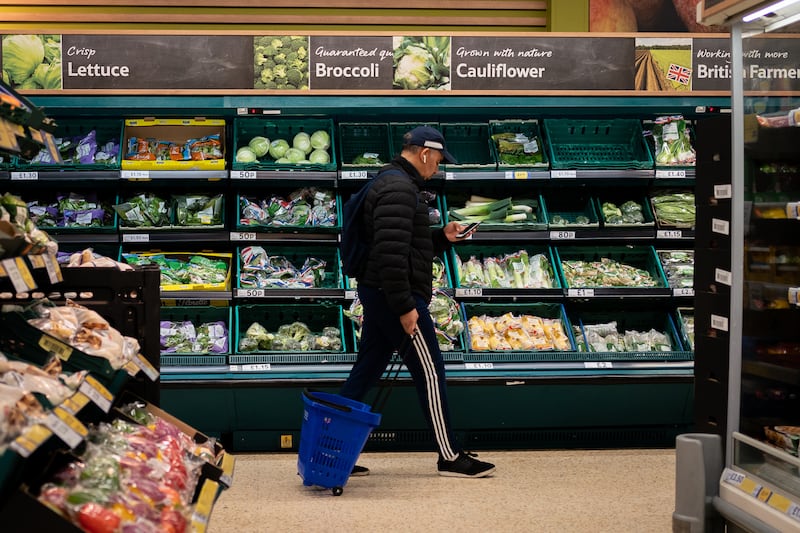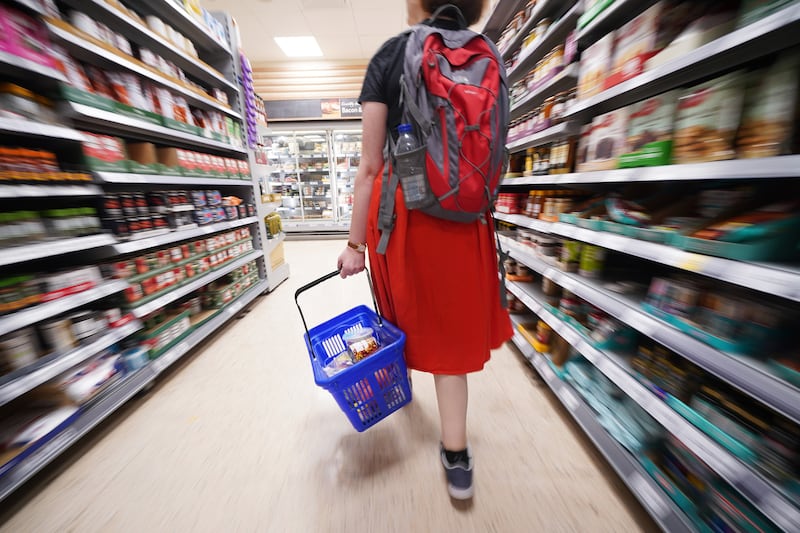SIGNS are emerging that the rapidly rising increase in the price of food may have reached its peak as a survey of prices in shops suggested they fell between April and May.
Food inflation fell to 15.4 per cent in the year to May, according to a survey by the British Retail Consortium (BRC) and Nielsen.
That was down from 15.7 per cent in April.
But it is still an incredibly high figure, meaning that a person who spent around £20 in a food shop a year ago would now be paying a little over £23 for the same items.
This is an average, so the exact number would depend on what they bought.
Although May's figure is slightly lower than the food inflation seen in April, it is still the second fastest annual increase the BRC has ever measured, it said.
It added that the price of fresh food increased by 17.2 per cent in the year to May, down from 17.8 per cent in April.
However, ambient food inflation - that is shelf-stable items that can be stored at room temperature - rose from 12.9 per cent in April to 13.1 per cent in May.
Overall inflation in shops rose from 8.8 per cent to 9 per cent between April and May, the BRC said, an all-time high.
"While overall shop price inflation rose slightly in May, households will welcome food inflation beginning to fall," said BRC chief executive Helen Dickinson.
"The slow in inflation was largely driven by lower energy and commodity costs starting to filter through to lower prices of some staples including butter, milk, fruit and fish.
"Conversely, the price of chocolate and coffee rose off the back of the ongoing high global costs for these commodities.
"While non-food inflation rose, consumers are benefiting from heavy discounts in footwear as well as books and home entertainment.
"Fierce competition between supermarkets has helped keep British food among the cheapest of the large European economies.
"While there is reason to believe that food inflation might be peaking, it is vital that Government does not hamper this early progress by piling more costs onto retailers and forcing up the cost of goods even further.
"The biggest risk comes from policies such as the incoming border checks and reforms to packaging recycling fees."
Mike Watkins, head of retailer and business insight at NielsenIQ, said: "To help mitigate the impact of inflation, shoppers are saving money by looking for seasonal promotions on the high street and taking advantage of the price reductions offered by supermarket loyalty schemes.
"Food retailing in particular is competitive, so hopefully the recent price cuts in fresh foods is a sign that inflation has now peaked, albeit ambient inflation may take a little while longer to slow."
Meanwhile separate data from Kantar shows that the Northern Irish grocery market saw sales growth of 7.2 per cent in the year to May 14, with shoppers spending an additional £263.5 million per household year-on-year.
Grocery inflation means the average annual grocery bill is set to rise by £756 from £5,198 to £5,954 if consumers don’t make changes to what they are buying.
Many are turning to cheaper alternatives such as retailer own label lines, where sales are up £169m compared to last year and versus branded products which are up £96.7m year-on-year.
Value own label offerings see the strongest boost in sales of 48.6 per cent year-on-year with shoppers spending an additional £11.5m.
Brands have seen share decline from 55.5 per cent to 54.3 per cent with own label now holding 43.3 per cent of the market, up 1.5 percentage points year-on-year.







